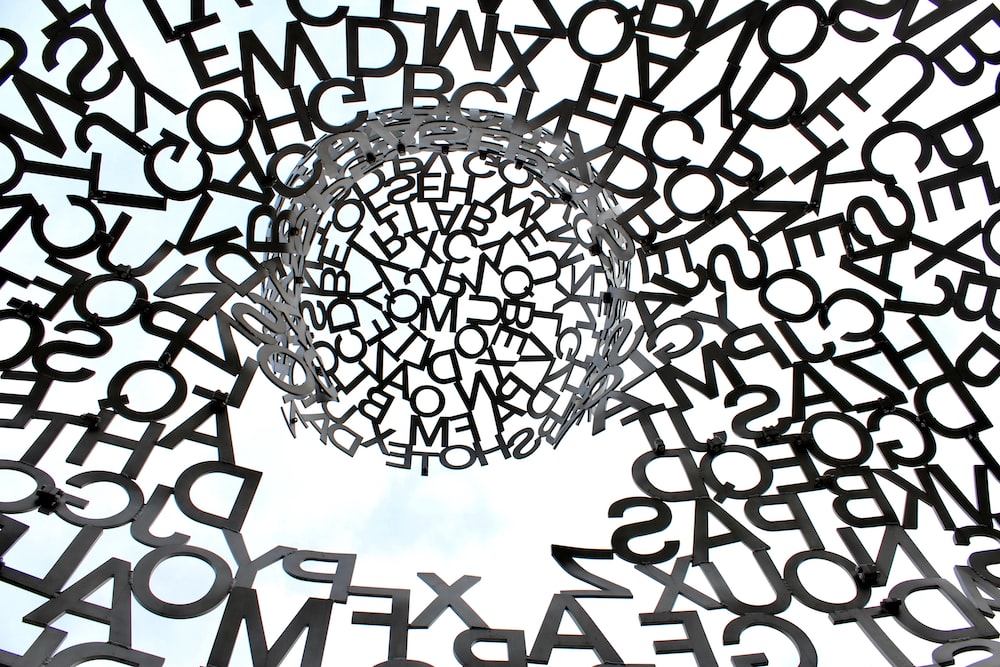With a deepening commitment to understanding the science of reading and gaining a better understanding the challenges of the pupils with learning needs centred on literacy, I marked-in the commitment to complete the Made by Dyslexia training over the break. I was keen to know more about Dyslexia and the charitable work of Made By Dyslexia, a “global charity, led by successful dyslexics.”
There are three levels of training:
- Level 1: Dyslexia Awareness equips ALL teachers and parents with the essentials to spot, support and empower every dyslexic learner.
- Level 2: Dyslexia Teaching deepens your understanding of dyslexia, specialist strategies and solutions, showing you WHAT to teach, WHY it helps and HOW to do it.
- Level 3: Dyslexia and Technology helps educators and parents learn about the challenges learners with dyslexia face and explore technology tools to support learners with dyslexia.
Before the course
I was not coming to the training blind, having just read “The Art and Science of Teaching Primary Reading,” and previously read “Thinking Reading: What every secondary teacher needs to know about reading.”
I started the training with four advisory signposts:
- Watch out for generalisations of what dyslexia is that go beyond a difficulty learning to recognise words and spell them
- Anything that suggests that diagnosis is reliable or that dyslexia is sharply defined – which is clearly far from the case
- Claims that “‘X% of people have dyslexia'” without any discussion of this amount being arbitrarily chosen
- Claims of dyslexics thinking differently
During the course
As I worked through the six modules I made notes. These were saved in draft as I sought further answers to questions the training posed.

I keep the posts in draft as I pursued further lines of enquiry. First, the endorsement of “dyslexic thinking.” Second, the use of multisensory teaching methods.
After
Following the training, I went on to read “Part V Disorders of Reading” and “Part VI Biological and Social Correlates of Reading,” from “The Science of Reading: A Handbook,” edited by Professor Margaret Snowling and Professor Charles Hulme. That led to reading a paper from Professor Snowling ‘Dyslexia and Language Impairment’ and watching her 2017 presentation from The Association for Child and Adolescent Mental Health. I should note my thanks – Professor Snowling was kind enough to answer my emailed questions.
I also learnt about The term ‘developmental language disorder.’ For children with persistent language difficulties, reading problems are highly likely to ensue. But also among these children is a group who can learn to decode print but have significant problems in understanding what they read. These children, called ‘poor comprehenders’ are vulnerable to failure because their reading problems go unnoticed and they often have very good memory skills which can mask the extent of their difficulties. In the model below, children with developmental language disorder,’ are on the left of the figure – some have dyslexia, some do not, but all have reading comprehension problems.

Next I listened to Professor Joe Elliot’s presentation titled ‘The Dyslexia Debate’.
In every country, and in every language, a significant proportion of children struggle to master the skill of reading and some will continue to find it difficult throughout their childhood and into adulthood. It is very easy for teachers to identify such children. The hardship and difficulties that typically result are often incapacitating, undermining and distressing.
https://www.dur.ac.uk/news/newsitem/?itemno=20285
Professor Elliot challenges the orthodoxy on dyslexia. He suggests that the current system is fraught with issues and entrenches inequality. Again, my thanks to Professor Elliot for his support during our email conversation.
I read the Idaho Dyslexia Handbook (Kindergarten through 12th Grade) published December 2022. The Handbook Work Group was led by Louisa Moats, Ed.D.
I am 3 modules into the Overcoming Dyslexia course, offered by Yale – hosted Sally E Shaywitz M.D. along with 17,786 enrolled students. Dr Sally Shaywitz and Dr Bennett Shaywitz are committed to the Connecticut Longitudinal Study, following a large diverse group of 445 boys and girls entering kindergarten in Connecticut since 1983.
I have now completed the course- useful if considering a researchers, learners and parents perspective.
Lastly, Teaching and Supporting Pupils with Dyslexia | Secondary on The National College with Dr Jamie Galpin.
.
Conclusions
The term dyslexia can be properly used to describe children who experience problems learning to read and write; often when a basic level of reading and spelling ability is established, there are persisting problems with reading fluency.
- Dyslexia is a ‘dimensional disorder,’ leading to a language learning impairment
- It is neurological in origin (dyslexia often runs in families), typically a deficit in the phonological component of language
- Dyslexia often occurs with other learning and behavioural disorders and is more likely to be identified when more than one deficit is present
- The status of the language system at school entry is a critical indicator. These ‘symptoms’ change and evolve with development.
- Dyslexia occurs throughout the range of cognitive and intellectual abilities. Decoding and intelligence are not related
- A person with dyslexia can overcome the most limiting aspects of the problem – with appropriate instruction – and learn to read.
What follows are three posts on each of the Made by Dyslexia training modules and responses gathered from the wider research outlined above.
| Level 1: Dyslexia Awareness (Part 1) | Level 1: Dyslexia Teaching (Part 2) | Level 2: Dyslexia Teaching | Level 3: Dyslexia and Technology |



